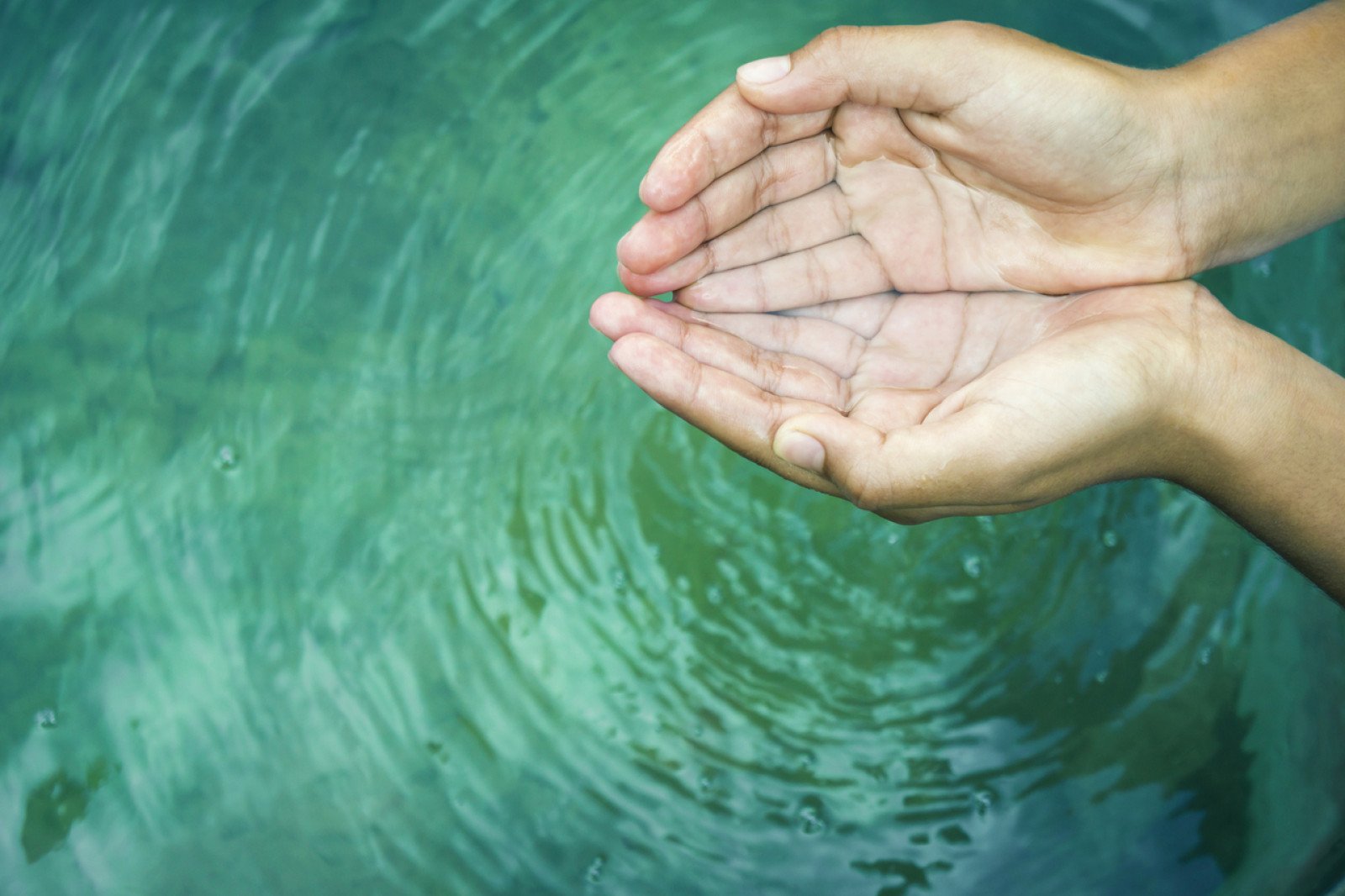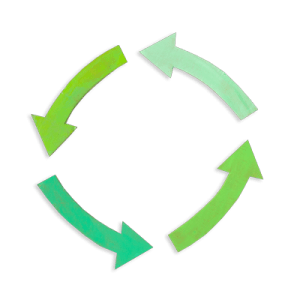
Overview
Students use their five sense to discover more about Indigenous Peoples’ unique relationship with water and how water connects all creatures. Students solve and create riddles that focus on using the five senses to provide important clues about water.
Instructions
What you'll need
- "Sense-ational water" slides
- Screen and projector
- Open up the "Sense-ational water" slides. Show slide 2 and ask your students to suggest what words could be used to describe the water shown on the slide. Write their ideas on the board or on chart paper for use later in this activity.
- Show slide 3 and invite your students to identify each of the five senses and parts of the body connected with each sense. Now guide your students’ attention back to the list made in the previous step and ask them to decide which sense is mentioned in each idea.
- Show slides 4 and 5 explain that Indigenous Peoples have a unique relationship with water. They believe water interconnects all living creatures. Using our five senses can help us feel connected to water. Play the "Honouring water" video as an example of how the Leq'a:mel Nation in British Columbia honours water.
- Show slide 6 and tell your students that they will use their five senses to solve a riddle about water. Using slides 7-11, reveal one clue at a time, pausing at each slide and inviting your students to decide which sense is used in each clue.
- Show slide 12 and invite your students to solve the riddle. As they share their answers, ask them to suggest which of their senses was the most helpful in solving the riddle. Display slide 13 to reveal the answer.
- Show your students slide 15 and as a class, choose one of the images of water.
- With younger students, invite them to suggest how each sense could be used to describe the selected water source
- With older students, work together to create a “Who am I?” riddle using each of the five senses to create clues.
- Show slide 16 and ask your students, “How did you use your five senses to help you describe water?” Discuss their answers.
- Ask your students, “How can using your five senses help you better know water? Discuss ideas as a class, paying particular attention to how we can use our senses to keep us safe near water.
Modify or extend this activity
Extension
- Take students outside for a walk near a local water source. After ensuring that students understand how to be safe near the water, invite students to describe the water using each of the senses.
Curriculum Fit
Kindergarten Science
Big idea
- Plants and animals have observable features.
Content
- Properties of familiar materials
Curricular competencies
Questioning and predicting
- Demonstrate curiosity and a sense of wonder about the world
Planning and conducting
- Make exploratory observations using their senses
Processing and analyzing data and information
- Recognize First Peoples stories, songs, and art, as ways to share knowledge
- Discuss observations
Communicating
- Share observations and ideas orally
Grade 1 Science
Big idea
- Living things have features and behaviours that help them survive in their environment.
Content
- Local First Peoples knowledge of the local landscape, plants and animals
Curricular competencies
Questioning and predicting
- Demonstrate curiosity and a sense of wonder about the world
- Ask questions about familiar objects and events
- Make simple predictions about familiar objects and events
Processing and analyzing data and information
- Experience and interpret the local environment
- Recognize First Peoples stories (including oral and written narratives), songs, and art, as ways to share knowledge
Evaluating
- Compare observations with those of others
- Consider some environmental consequences of their actions
Applying and innovating
- Take part in caring for self, family, classroom and school through personal approaches
- Generate and introduce new or refined ideas when problem solving
Communicating
- Communicate observations and ideas using oral or written language, drawing, or role-play
- Express and reflect on personal experiences of place
Assessments
Assess students’ ability to:
- Connect observations (clues) with five senses
- Make predictions based on prior knowledge
- Transfer and apply learning to new situations
Teaching Notes
How this activity was developed
These materials were created with guidance from Indigenous educators, subject matter experts and thought leaders to help draw upon important teachings, learnings, and Indigenous perspectives.
For centuries, the traditional western view of water has often been focused on its value as a resource. Indigenous people have a unique relationship with the waters of British Columbia. Since time immemorial, water has played a sacred role and is seen as a living entity. How water is used must be carefully considered with a view towards not just the immediate need and impact, but the needs and perspectives of generations to follow.
We are dedicated to deep listening and respectfully highlighting Indigenous ways of knowing in the materials we provide B.C. educators. If you have any feedback for us on these activities, or suggestions for others, please email schools@bchydro.com. We would love to hear from you.
About the artist
The design of the worksheets in this activity was a collaborative effort with Indigenous artist Kelli Clifton. Kelli Clifton was born and raised in Prince Rupert, British Columbia and is Gitga’at from the community of Hartley Bay. Clifton is interested in using her artwork as a form of storytelling—especially in relation to her Ts’msyen language (Sm’algyax), her coastal upbringing and her experiences as an Indigenous woman. Clifton currently lives in her home community where she continues to practice her art and teaches Sm’algyax at a local high school. Learn more about Clifton's art on her Facebook page.
BC Hydro’s commitment to reconciliation
BC Hydro exists to serve British Columbians by providing clean, reliable and affordable electricity. We recognize that maintaining and developing the system has impacts on the lives and interests of Indigenous people. To support our move towards true and lasting reconciliation, BC Hydro will acknowledge past wrongs, listen to Indigenous perspectives and seek shared understanding with First Nations communities and governments.
Learn more about our Statement of Indigenous Principles.







